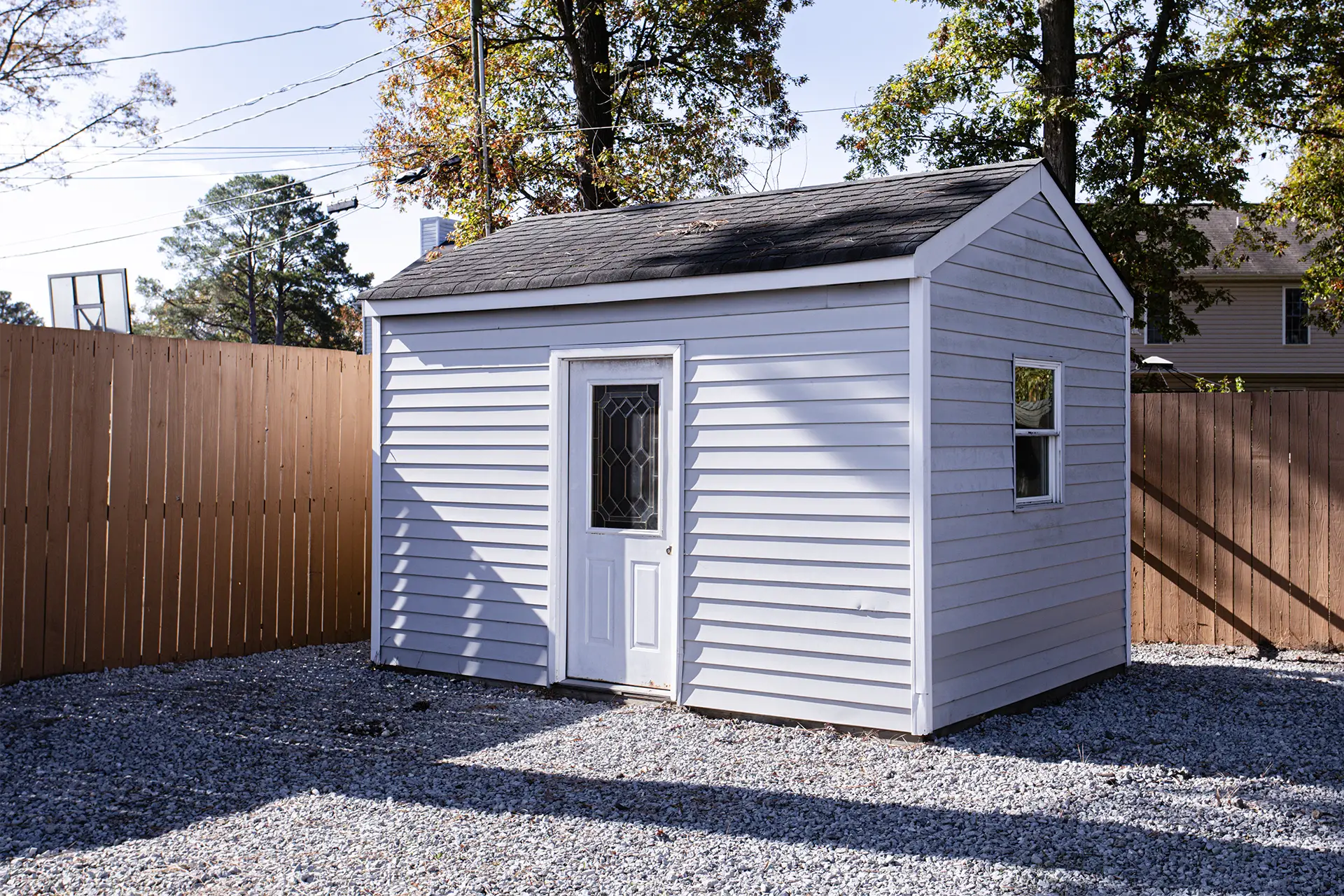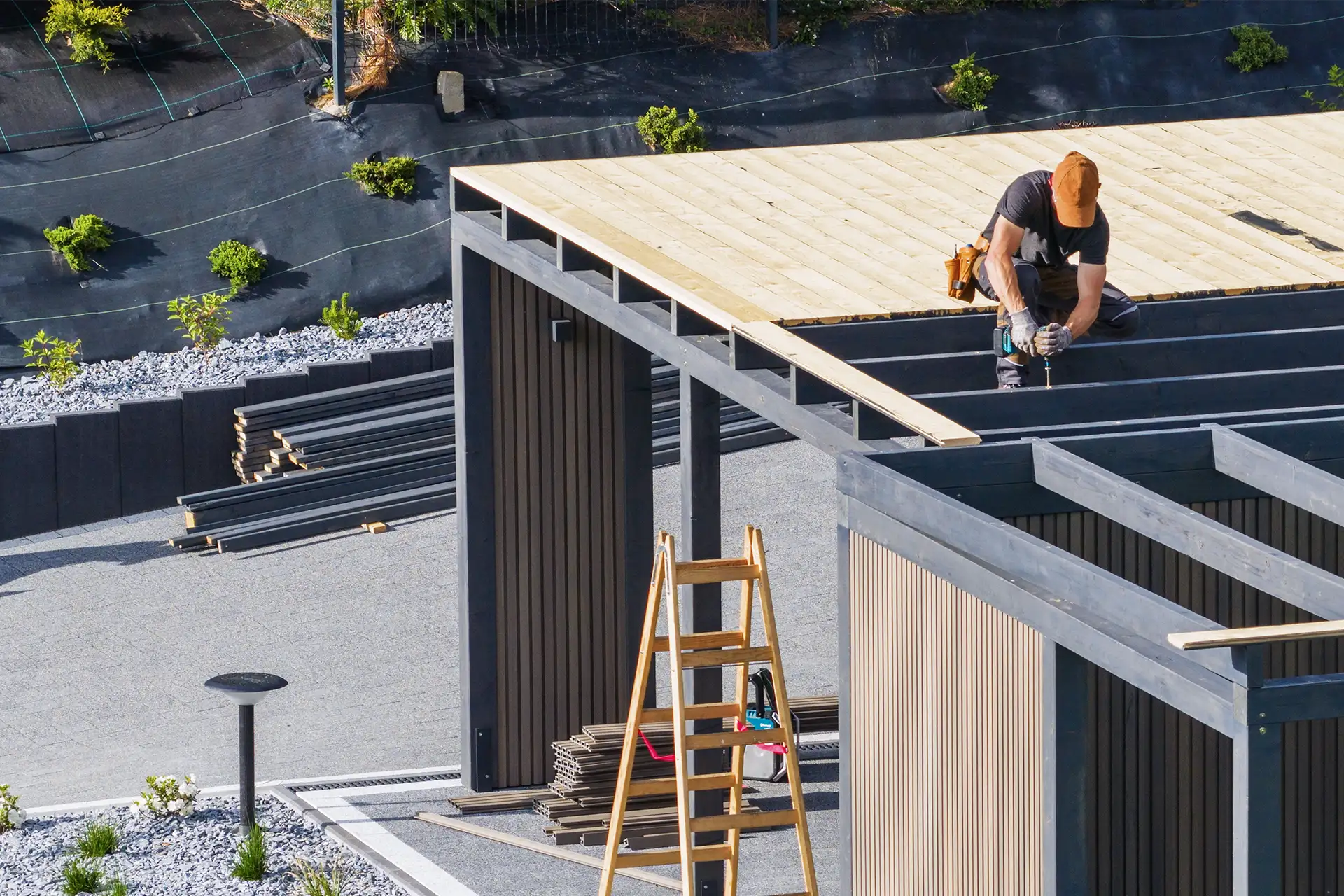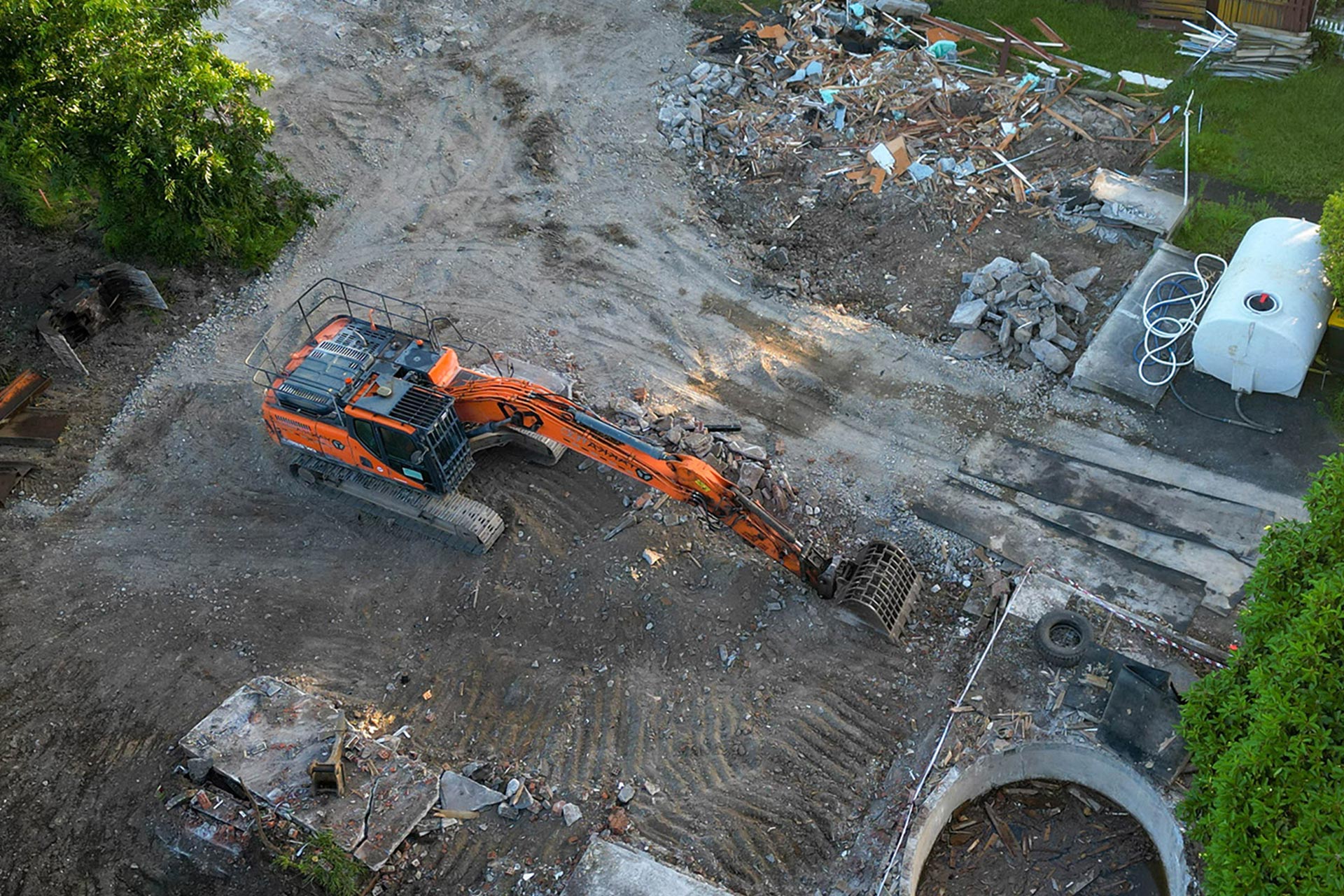The Government has announced upcoming changes to the rules around garage building consent, allowing certain small structures to be built closer to property boundaries without the usual red tape. Under the proposal, single-storey buildings under 10 square metres will no longer require a set minimum distance from boundaries, and those between 10 and 30 square metres will need only a one-metre setback.
What Has Changed and Why It Matters
Previously, structures including sheds, sleepouts and garages had to be set back by at least their own height unless a building consent was obtained. The changes will be made by amending Schedule 1 of the Building Act and are expected to take effect later this year.
The shift means many homeowners can avoid applying for garage building consent when constructing small outbuildings, provided the work meets the Building Code and complies with local district plans. Regulation Minister David Seymour noted that “there is no justification for such generous setback distances on private property,” particularly given smaller section sizes and higher construction costs.
From a legal standpoint, this regulatory change introduces both opportunities and challenges. Homeowners benefit from reduced compliance costs and greater freedom to utilise their property. However, boundary proximity raises the potential for neighbour disputes, especially where shading, privacy, or stormwater run-off could become issues.
Who Is Affected?
- Homeowners and Landlords: May save time and money by avoiding the consent process for small garages or sheds.
- Neighbours: Could see new structures appear closer to their boundaries, potentially affecting sunlight, views, or amenity.
- Builders and Developers: Face fewer administrative hurdles but must still ensure designs meet Building Code requirements.
- Councils: May see fewer consent applications but could face an increase in enforcement matters where disputes arise.
While the Government frames the move as cutting unnecessary bureaucracy, the lack of a consent process also removes an early stage at which potential neighbour concerns can be formally raised and mediated. This could lead to a greater reliance on post-construction remedies, which are often more costly and confrontational.
Legal Considerations Moving Forward
Even without a garage building consent requirement, property owners must remain mindful of overlapping rules under local district plans. For example, height-to-boundary rules, stormwater management obligations, and fire safety separations still apply. Breaching these could lead to enforcement action, costly alterations, or even removal of the structure.
Neighbour relations will also be a key consideration. While the Building Act changes provide greater freedom, they do not override common law principles such as nuisance or negligence. If a structure causes material harm – for example, water damage due to poor guttering – legal action may follow.
The Bigger Picture
This reform forms part of a wider Government agenda to streamline small-scale building work, including proposals to allow larger granny flats to be built without consent. While this may stimulate housing supply and improve property utility, it also shifts more responsibility onto homeowners to ensure legal compliance without council oversight.
Wynyard Wood can help you navigate the evolving rules around garage building consent and other property regulations. If you’re planning to build, or concerned about a neighbour’s development, contact us today for clear, practical legal advice.
Related Articles:
Related Services:
If you are involved with a building project and need legal assistance, we can help you objectively review your circumstances, and what next steps are most appropriate for your situation.
Read More
The legal rules surrounding property are constantly evolving. See here for the many ways that we can help.







